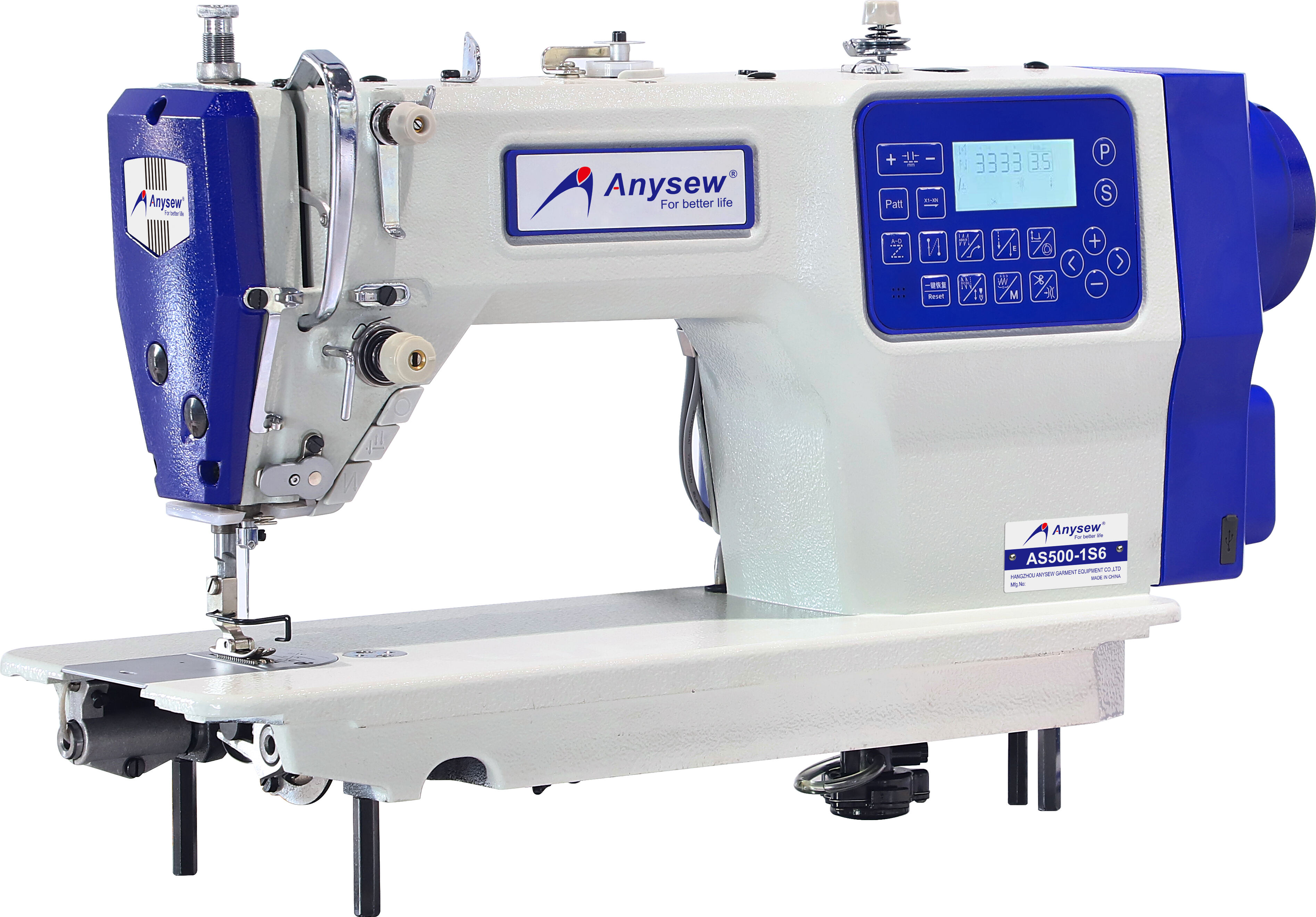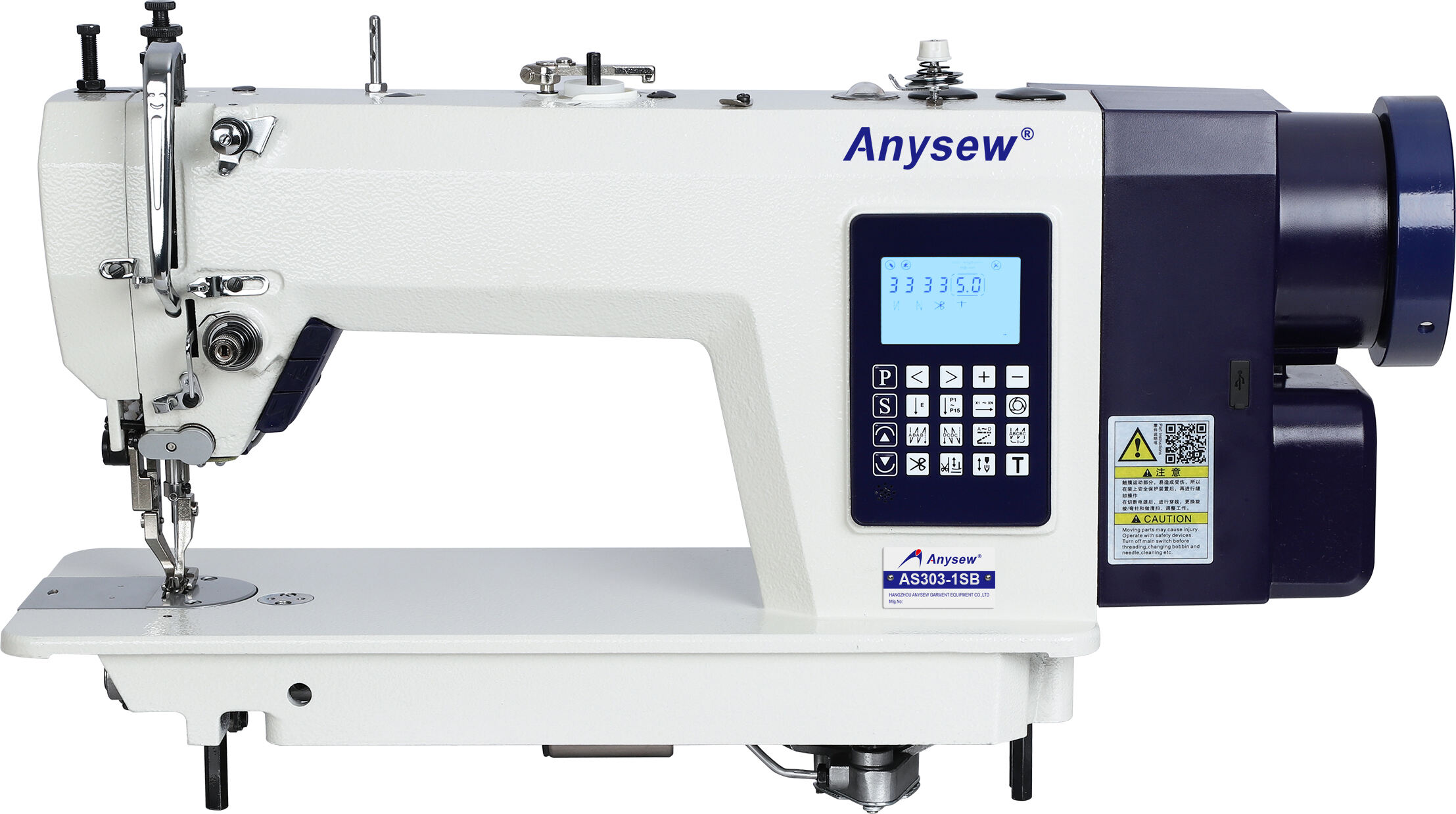electric machine sewing
Electric machine sewing represents a significant advancement in textile manufacturing and home crafting. This modern approach to sewing combines traditional techniques with electrical power, offering precision, speed, and consistency that manual methods cannot match. Modern electric sewing machines feature sophisticated computerized systems that control stitch patterns, tension, and speed with remarkable accuracy. These machines typically include multiple built-in stitch patterns, automatic needle threading capabilities, and adjustable presser foot pressure. They operate through a motor-driven system that powers the needle and feed dogs, allowing for smooth fabric movement and consistent stitch formation. The technology incorporates various safety features, including automatic shut-off systems and needle position memory. These machines can handle a wide range of fabrics, from delicate silks to heavy denim, making them versatile tools for both professional seamstresses and hobbyists. The integrated lighting systems, digital displays, and programmable features enhance user experience and project outcomes. With speeds reaching up to 1,100 stitches per minute, electric sewing machines significantly reduce production time while maintaining high-quality results.


